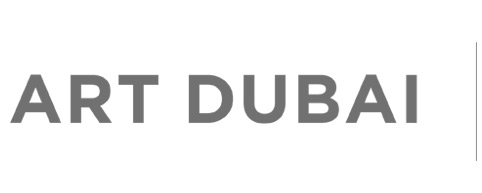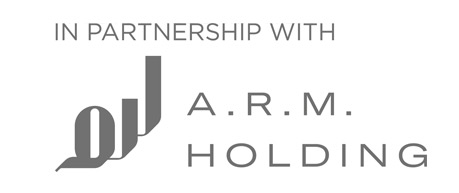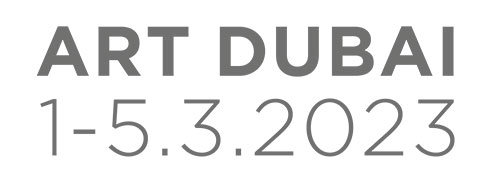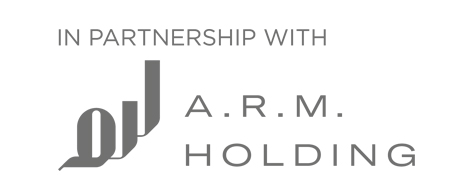The Core class of 2015-16 produced a collaborative project, Universal Post featuring fictitious countries, complete with postal stamps and currencies.
Universal Post
The Campus Art Dubai project, Universal Post arises out of the liminal space between sand and sea, from between turbulent waters and shifting sands. It makes available postage stamps from four fictional states, accompanied by printed matter from each nation. These countries are delineated not through geographical fixity so much as by a fluid assemblage of ideas. Rather than just being defined in relation to abstracted spatial and ideological borders, these countries become entirely contingent on them.
Still, there are some shared geographic and linguistic markers. The New Zawiya Republic is found in northeast Asia, with a land area equivalent to that of Zimbabwe and Paraguay. It is the oldest of the four, with a civilisational pedigree that dates back to the formation of Zawaya kingdoms in 2800 BC. The modern state—the product of a 1912 revolution against foreign influence—is much younger, with its March 18th anniversary appropriately coinciding with the international influx of Art Dubai’s opening night.
Al Buraq Islands, an archipelagic sextet of volcanic islands, is considerably smaller with a total area equivalent to Mauritius or Luxembourg. Although the first traces of inhabitation date back to the 6th century CE, its origins lie in myth. It takes its name from its venerated founding mother, who moved from one island to another on a flying steed named Al Buraq. She was the first to knit their fractious populations together into a peaceful whole, and appears on Al Buraq’s official insignia as a winged horse with a woman’s head. Of the six islands—Lamassu, Sabaa, Simurgh, Lubna, Al Mujannaha and Veela only the latter is still volcanically active, but the country makes good use of its natural resources and is powered entirely by wind and hydroelectric power.
There’s a running current of patriarchal reparations here: Al Buraq Islands remains a matriarchal society, ruled by an elected council of Zarqaa. In Zanzaristan, meanwhile, the ravages of history have decimated its male population, leaving all matters of governance in the hands of its women. Contra the beatific, nurturing female figurehead that Al Buraq posits, Zanzari women represent a far fiercer, Amazonian warrior type. Flanked by mountains and the SawGaz sea, this tiny, remote nation has historically been insulated from the world at large, and today fights to guard and uphold its ancient traditions, culture, and Khamoshee language.
Finally, we remain within the quasi-Asian remit of hyphen-stans with the limacine nation of Kitchenistan,whose borders are defined simply by the four edges of a table, any table. Its national mandate is both performative and playful: it is a nation that can only hold a population of four at any one time, and lasts only as long as the conversation and supply of escargots does. Kitchenistan’s official symbol is the two-pronged snail folk, beloved for its dual culinary and, in times of national need, weaponised potential.
Campus Art Dubai Core 2015-16 project was supported by Maraya Art Centre.



